Oldest Animals
One constant in nature is that all living things will eventually grow old and die. But the amount of years they live depends on a few factors like their species, environment, and genetics. The years that animals live to vary greatly, some may live for only a year while some can outlive us two-fold!
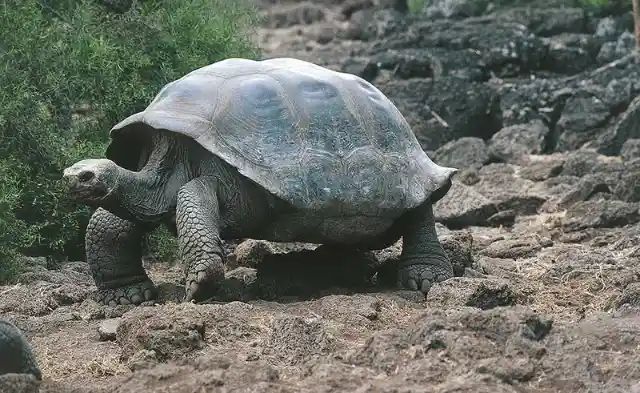
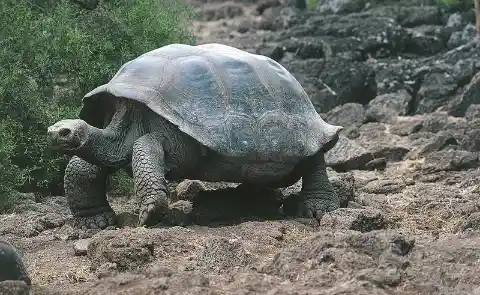
Here you'll see some of the longest-living animals on the planet, from sea creatures to land mammals. They'll live surprisingly long as long as they aren't hunted or die prematurely.
Greenland Shark
The Greenland shark, also known as the "sleeper shark" lives in the North Atlantic and the Arctic Ocean. They have a staggering estimated lifespan of 500 years. This is the vertebrate with the longest life span and can grow enormous.
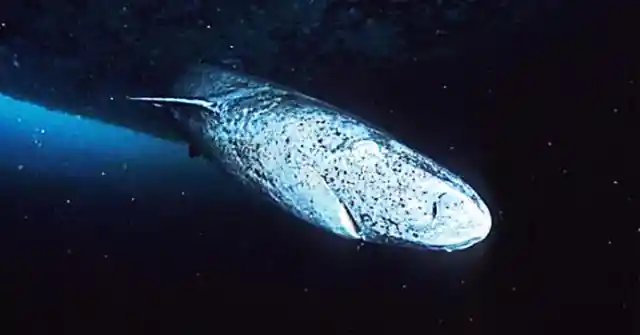
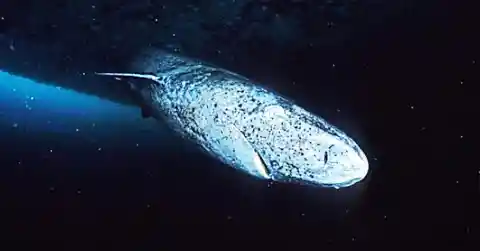
When fully grown the Greenland shark can weigh over 2,000 pounds and over 21 feet in length. Since the shark lives so deep below the surface it's flesh is toxic to eat. In turn, the shark will eat anything it can find.
Rougheye Rockfish
The rougheye rockfish is named for the spikes located under its eyes. They live in the North Pacific close to Japan. They are also found in the Aleutian, the Bering Sea, and have even been found as south as the coast off of California.
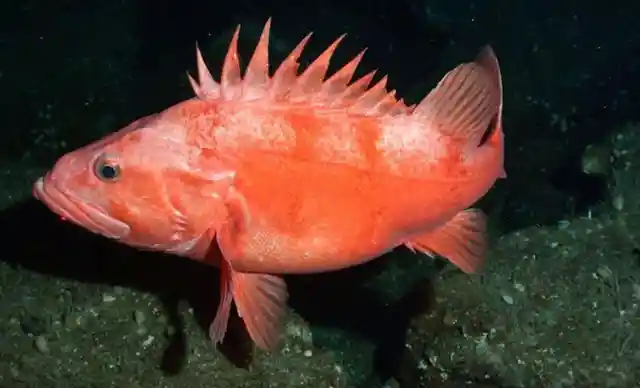
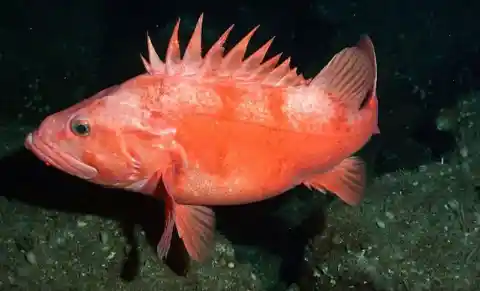
The oldest rougheye rockfish to be found was 205 years old. They eat what they can find including crabs, amphipods, shrimps, and mysids. They are normally lone hunters although they like to swim together at certain parts of the year.
New Zealand Longfin Eel
The only freshwater eel found in New Zealand is the New Zealand longfin eel, as the name suggests. At a young age, the eels can be found far up streams and even lakes very far inland. Fully grown, females can be as big as 28 inches in length and live up to a whopping 106 years.
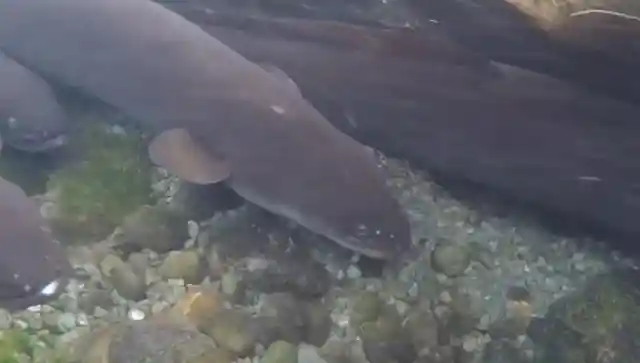
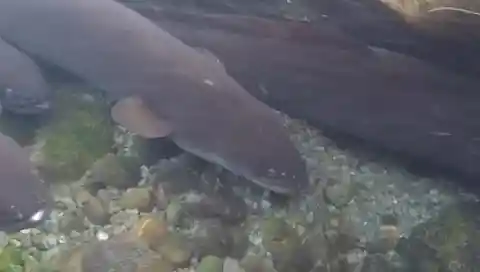
Scientists believe that the reason why the eels grow so old is their incredibly slow growth at just half an inch every year. But they're still not entirely sure as the eels have a very complicated life cycle.
Koi Fish
Everyone loves Koi fish, they're a kind of carp that people display in ponds for their beautiful colors. They were first bred for their color in China and eventually became popular in Japan in the 1820s.
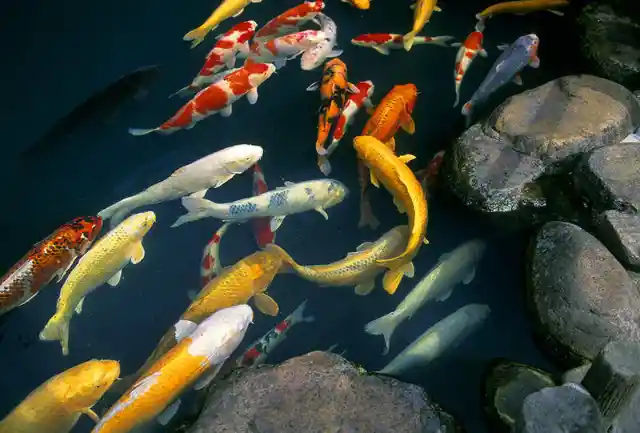
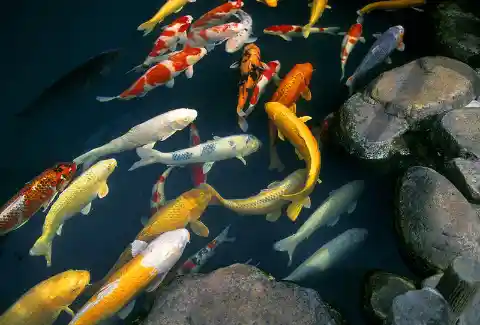
If Koi are left alone and are well looked after, they can live to an extremely long life between 100 and 200 years old. A Koi named Hanako reportedly lived to 226 years when they died in 1977.
Blue Whale
Blue whales can be as big as 100 feet and weigh more than 190 tons. These marine animals are classed into the North Atlantic, North Pacific, and Southern Ocean blue whales. They are the largest animal to ever live on earth.
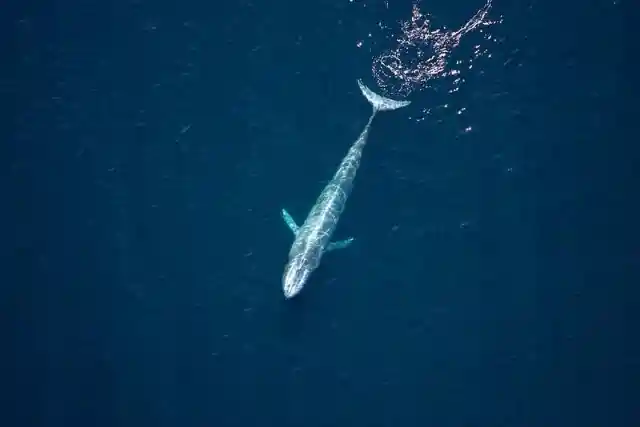
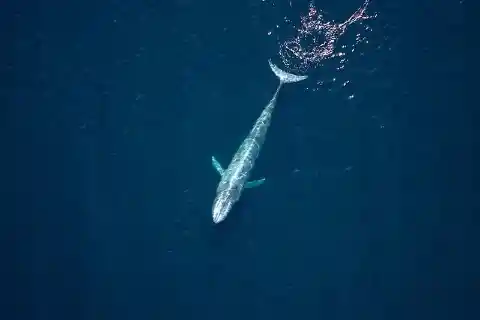
In 1966 protection acts against whaling saved these animals from extinction. There's around 25,000 alive in the ocean today although there used to be a lot more at 100,000. They are believed to live to around 80 years old.
Olm
The Olm is a small salamander native to Europe that lives in water. They like to live in the Dinarica Alps in underwater caves, Though there are many more estimated to live in other underground waterways throughout Europe.
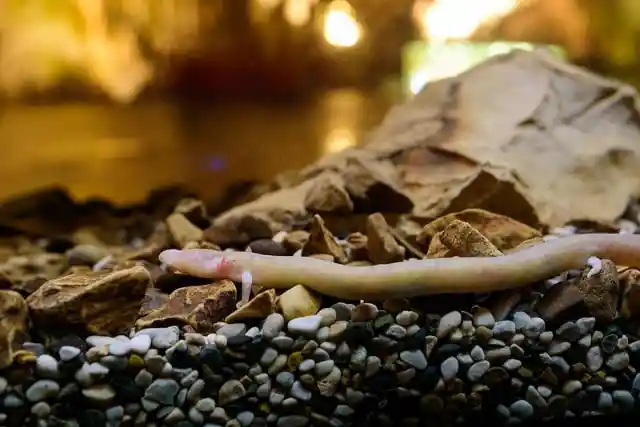
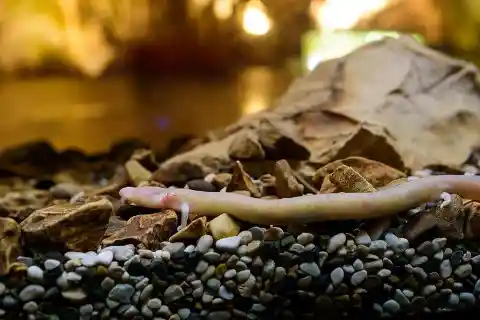
The Olms sight isn't developed due to living underground but their other senses are much better. They are estimated to live to around 70 years but some have been found living up to 100!
Elephants
There are three subspecies of elephants: the African forest elephant, the African Bush elephant, and the Asian elephant. Even with slightly different features, they share the same behavior, way of living, and intelligence.
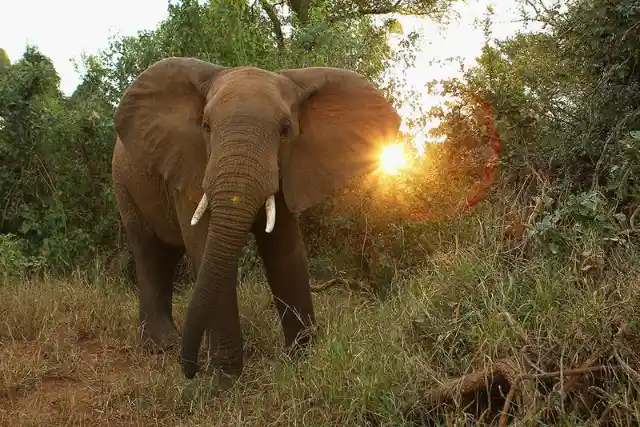
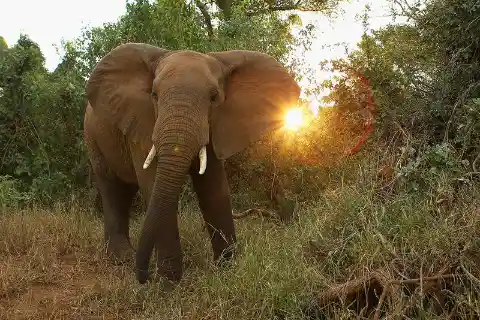
Elephants are generally safe since they travel in packs and are enormous in size. If left alone elephants can typically grow to 70 years old and the oldest one ever recorded was Lin Wang, who's 86 and still alive.
American Lobster
A subspecies of lobster, the American Lobster lives in the Atlantic coast off of North America. They can typically weigh over 44 pounds when they're fully grown and be over to feet long. They are the biggest crustacean and arthropod.
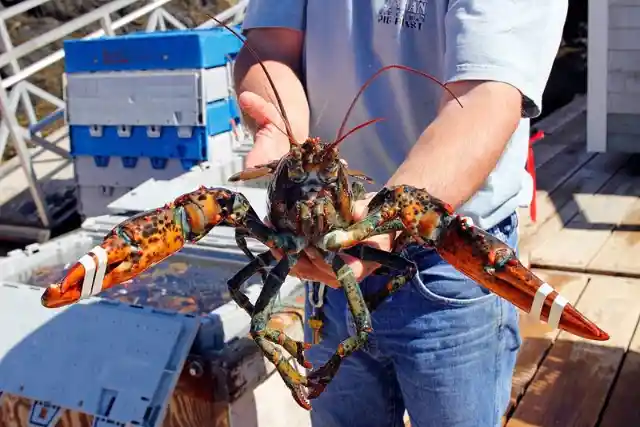
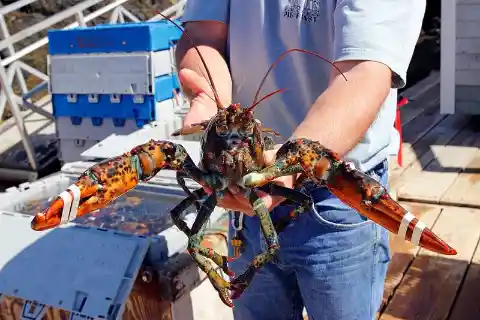
They like the murky waters of the seafloor. They feed off of anything they can find, typically snails, clams, and crabs. If not interfered with this crustaceans can live up to 100 years old.
Bowhead Whale
Bowhead whales have the largest mouth of any animal on the planet and can be as long as 59 feet when fully grown. Sadly, they were a whaling target for decades until the protection act against whaling in 1966.
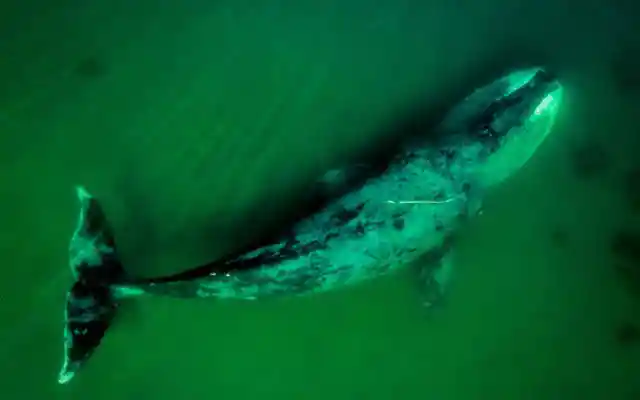
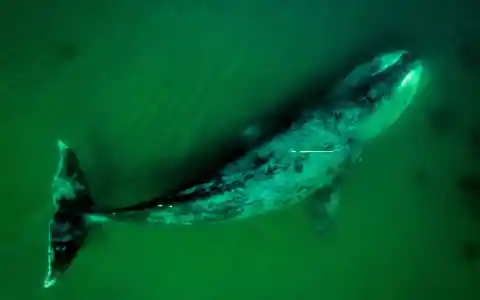
These mammals are one of the longest living at around 200 years. One Bowhead whale was found in 2007 that had a harpoon wound that was estimated to be from 1879 to 1885. This fascinated scientists and broke the record for the longest living Bowhead whale.
The Immortal Jellyfish
The immortal jellyfish is a small species of jellyfish that is typically found in the Mediterranean Sea as well as the waters of Japan. It’s called the immortal jellyfish because it has the ability to reach sexual maturity and then revert back to a stage of being sexually immature once again, essentially restarting its life cycle.
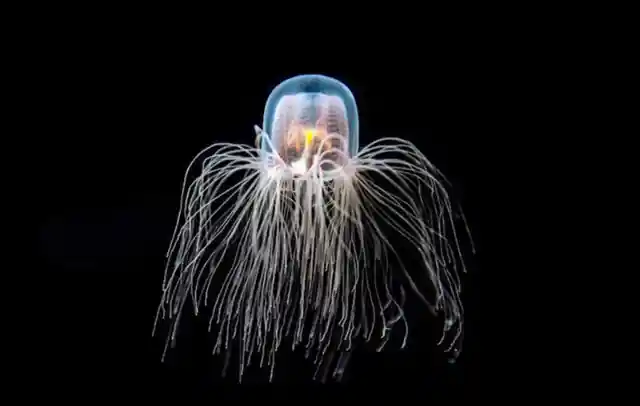
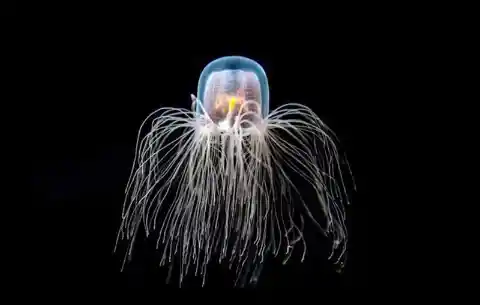
It is one of the few known species that has this ability. Although theoretically, these processes can go on indefinitely, most immortal jellyfish succumb to predation and disease before most can live up to their “immortal” reputation.
Blue And Yellow Macaw
The blue and yellow macaw is a multi-colored South American parrot with hues of blue, yellow, and even green at the top of its head. They reside in various parts of South America including forest, woodland, and savannah of the tropics.
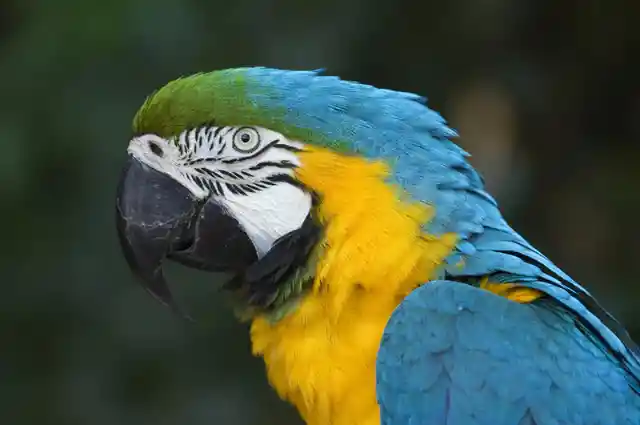

They are larger than most other parrots measuring to be over 30 inches in length and a weight of approximately three pounds. Couples tend to mate for life and live between 30 to 35 years in the wild. However, in captivity, they can live to be 50 years. The oldest ever recorded was 104 years old in England.
Ocean Quahog Clam
The ocean quahog, or Arctica Islandica, is a species of clam that is harvested as a commercial food source in the North Atlantic Ocean. What makes it so different from others is that it lives beneath the ground whereas most other clams can be found above ground and even above water during low tide.
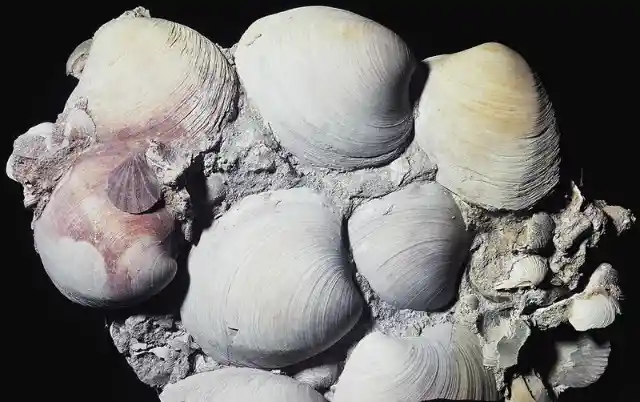

They can grow to have a shell height of over two inches and have exceptional longevity mostly due to them living beneath the earth. Currently, the oldest living specimen is 507 years old and is named Ming the clam since it was alive during the Ming Chinese Dynasty.
Andean Condor
The Andean condor is a South American bird commonly found in the Andes mountains and the coast of western South America. Its weight and wingspan make it the world’s largest flying bird. Their wingspan can be as large as almost 11 feet. This is primarily a scavenger bird that feeds on already deceased animals.
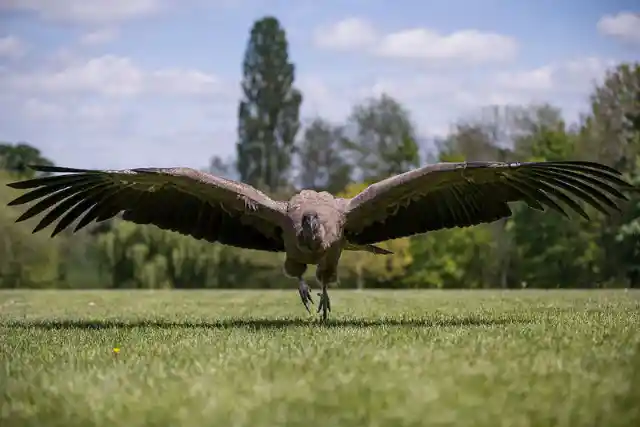
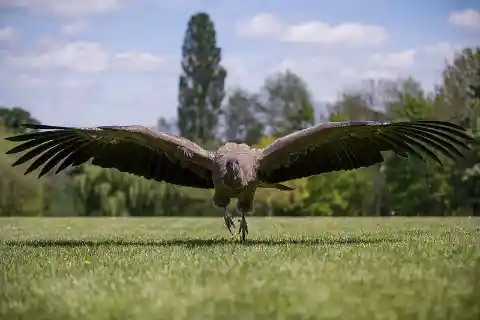
They reach sexual maturity around five or six years of age and make their own nests on rock ledges in elevations up to 16,000 feet. They are one of the longest-living birds with some living up to 70 years.
Galapagos Tortoise
The Galapagos “giant” tortoise is the largest living species of tortoise ever discovered. They reside specifically on the Galapagos Islands and are native to seven of the surrounding islands. The islands were discovered by Spanish explorers in the 16th century who named them the Galapagos which comes from the Spanish word galápago, meaning “tortoise.”
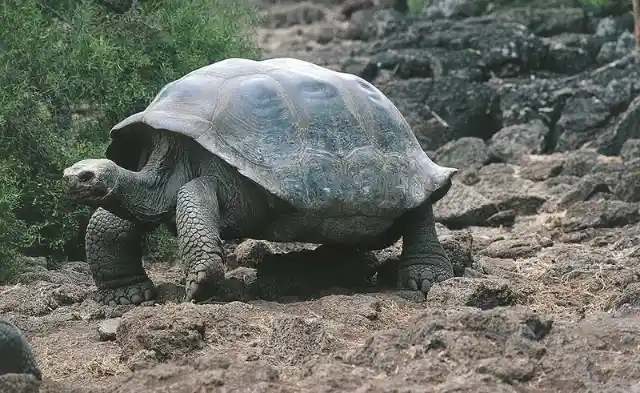
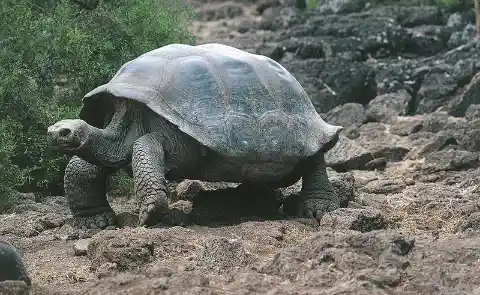
They can live to be well over 100 years old, with one tortoise in captivity living to be 170 years old, making them one of the longest-living vertebrates on the planet. They have no true predators except their population has declined drastically due to overexploitation of the species.
Pink Cockatoo
The pink cockatoo, also known as Mayor Mitchell’s cockatoo is a medium-sized species of cockatoo that can be found inland and in arid areas of Australia. Currently, their population is in decline due to development that is occurring in the areas where they naturally reside.
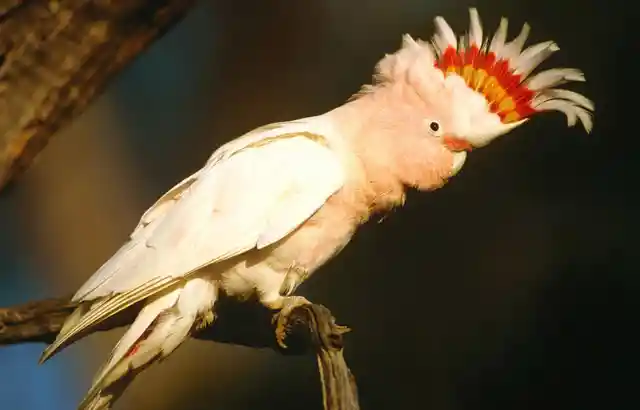
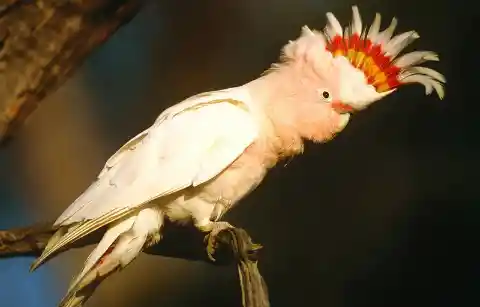
The birds reach sexual maturity at 3 or 4 years of age although the male and females are essentially identical except males are usually bigger. The oldest pink cockatoo ever recorded was 83 years old showing their longevity.
Red Sea Urchin
The red sea urchin resides in shallow waters and up to 300 feet deep in the northeastern Pacific Ocean from Alaska down to Baja California. The urchin is covered in spines with a mouth on the underside which consists of five teeth, which they use to feed on various seaweeds and algae.
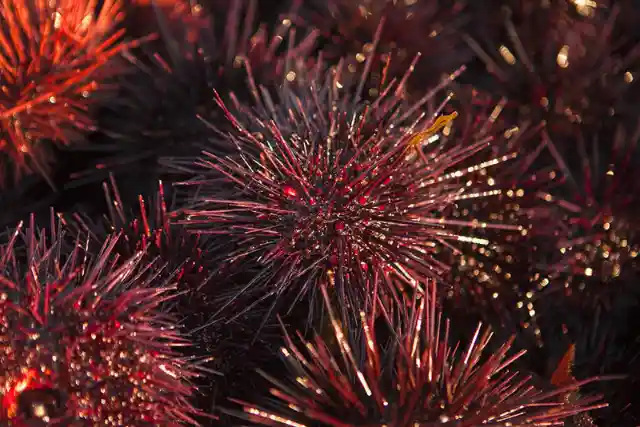
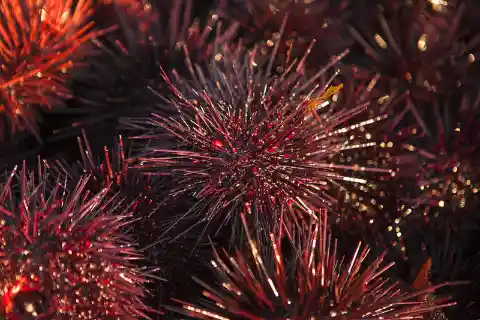
They are usually found in clumps of five to ten with their spines have the capability of regenerating, allowing them to have a lifespan ranging from 30 to 200 years. Their ability to regenerate their spine led some scientists to believe they are practically immortal.
Tuatara
Tuatara is a species of lizards that are native to New Zealand and although they look like a common lizard, are part of the special order Rhynchocephalia. After being discovered and classified as lizards in 1831, fossil records showed that they can be traced back to the Triassic Period, around 251-199 million years ago.
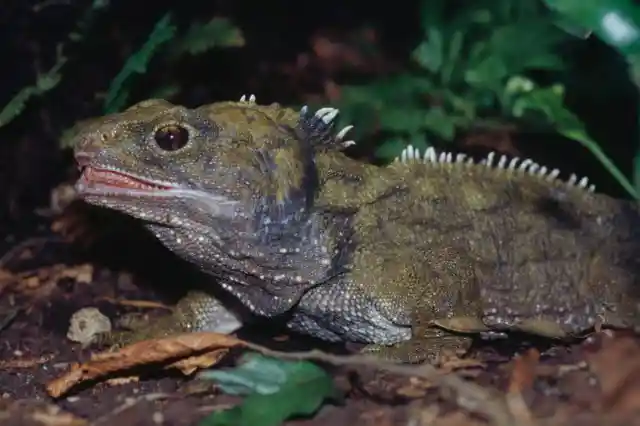
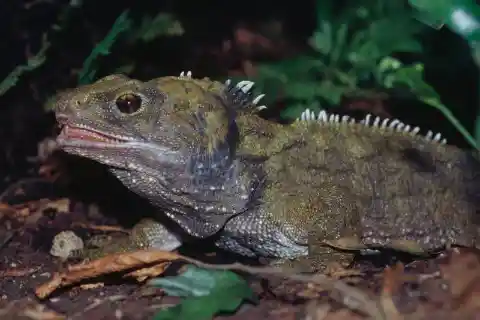
Commonly referred to as living fossils, they are incredibly adapted to their environment yet aren’t a totally stagnant species. They have the slowest growth rate of any lizard and although the average lifespan is 60 years, they can live to be well over 100.
Aldabra Tortoise
Native to Aldabra Island, the Aldabra tortoise is one of the biggest tortoises in the world. They are able to go without food or water for long periods of time which gives them an advantage while surviving in the wild.


They can reach more than 100 years of age although their age has been difficult to study because they tend to outlive the scientists studying them. Currently, the Aldabra tortoises at the Smithsonian’s Natural Zoo are estimated to be 80 years old with one adult pair arriving in 1956 and the other in 1976.
Brandt’s Bat
A species of vesper bat, Brandt’s bat is commonly found throughout Europe and Asia. They are particularly small, with the length of its head and body only being around 1.5 to 2 inches with its tail being around the same size. Amazingly, Brants bats have impressive longevity considering their small size.
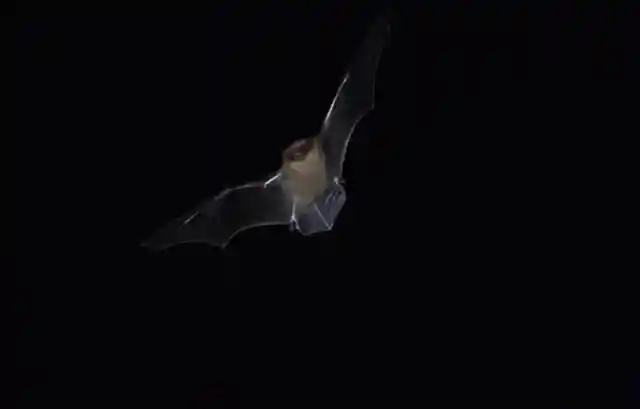
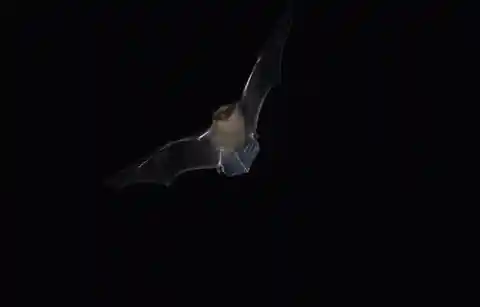
The longest ever recorded lived to be 41 years old in Siberia while most others tend to live well over 20 years. Compared to other animals its size, they live 9.6 times longer than expected which is the greatest value of any mammal.
Humans
In the grand scheme of things, humans are one of the longest-living species on planet earth and are certainly close to the top of the list when it comes to mammals. Currently, the average human lifespan is around 79 years, although there are exceptions of course.


Today, there are more than 500,000 people over the age of 100 at any given time thanks to advances in science and medicine and overall comfort of life. The oldest person to have ever lived was a French woman named Jeanne Calment who lived to be 122 (1875-1997).
Australian Lungfis
Also known as the Queensland lungfish, this long standing creature can survive for 80 years in the wild, reaching a weight of nearly 90 pounds. That’s not what makes this animal really incredible, though.
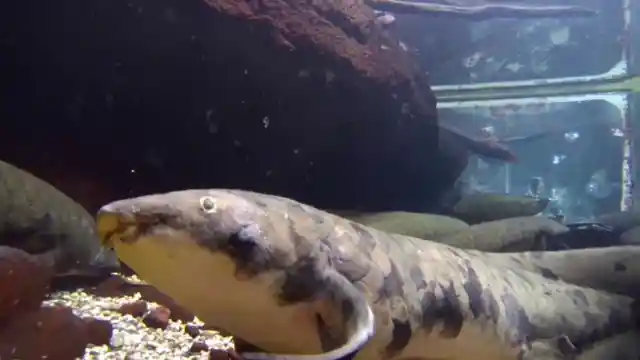
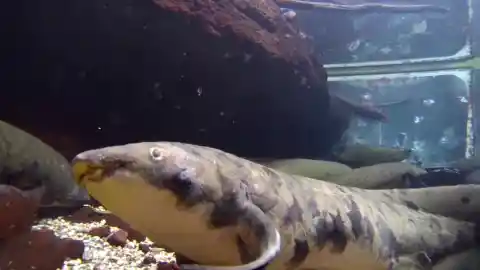
The feature that really sets the lungfish apart from other fish is its ability to breathe air. Take it out of the water and the fish won’t suffocate! There are six extants of lungfish, all with a complex respiratory system that helps them survive the drying conditions!
Beaked Whale
Baird’s beaked whales live mostly in the northern Pacific Ocean. The giant animal can grow to over 25,000 pounds and live an extremely long time. The oldest beaked whale ever recorded was 84 years old.
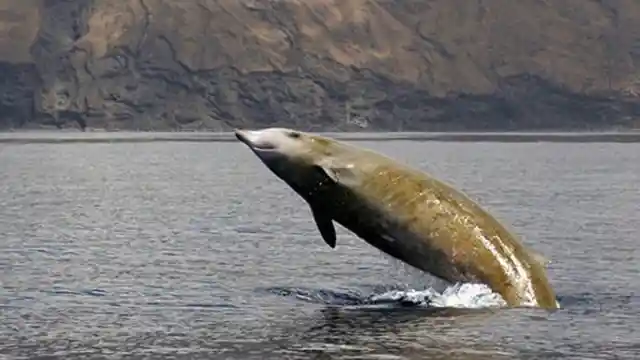
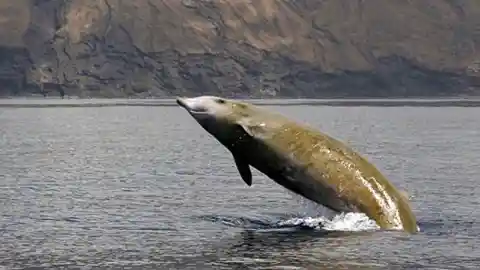
Sadly, these majestic behemoths were commercially exploited in the past, decimating their population. Today, it is estimated that there are only around 30,000 Baird’s beaked whales living in the wild today. Hunting of these animals was officially banned in 1974.
Orca
Orcas, also known as killer whales, have devilishly long lifespans. The oldest recorded orca was 90-years-old and weighed almost 9,000 pounds! One of the most popular animals on this list, orcas may seem friendly as water parks, but you wouldn’t want to play with one in the wild.
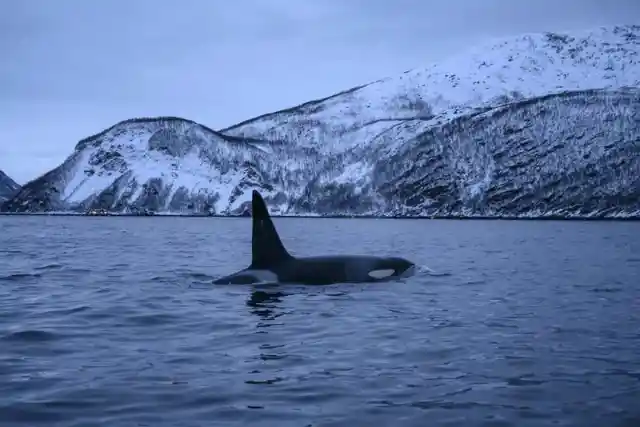
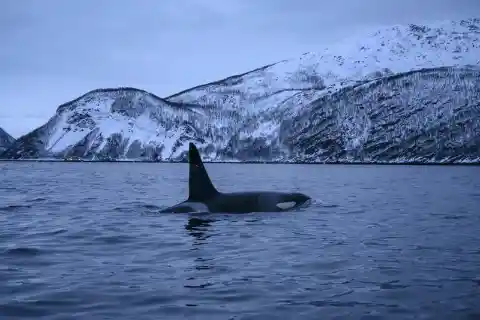
In the ocean, orcas have no natural predators. Even scarier, they have been known to attack great white sharks! The sharks fatty liver is a favorite snack of these air breathing ocean dwellers.
Atlantic Halibut
Not just a favorite of seafood lovers on the Atlantic coast, the Atlantic halibut has one of the longest lifespans of wild fish. Reaching nearly 400 pounds, they can live for 90 years, but rarely make it that long.
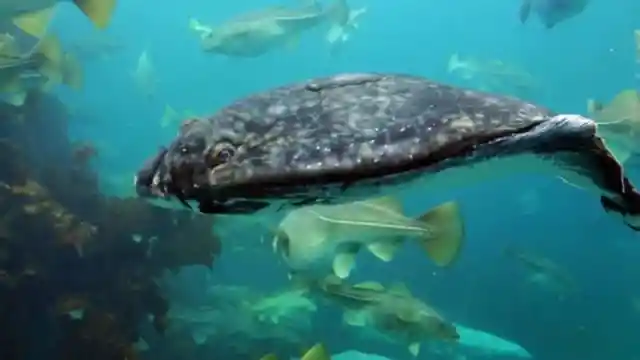
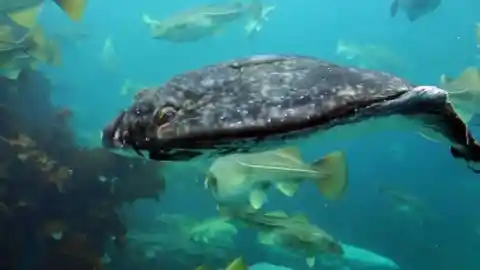
Whether they became the meal of another sea creature or a human, halibut are a popular prey food in the deep blue sea. Because of over fishing and slow growth rates, the Atlantic halibut is currently listed as an endangered species.
Humpback Whale
On the surface, you’d be surprised to see humpback whales on this list. The average lifespan of this animal is only 40 to 50 years, but left alone they can live twice as long as expected.
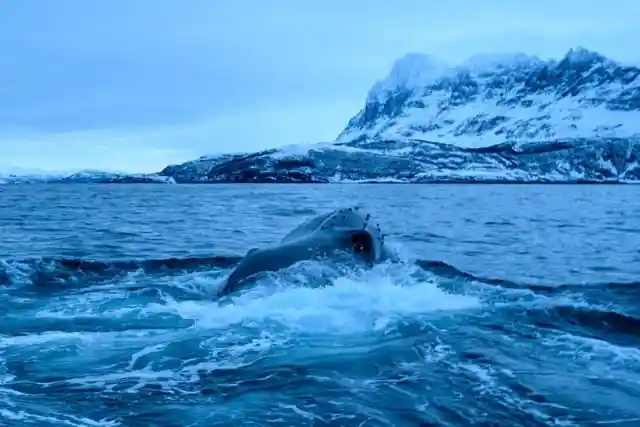
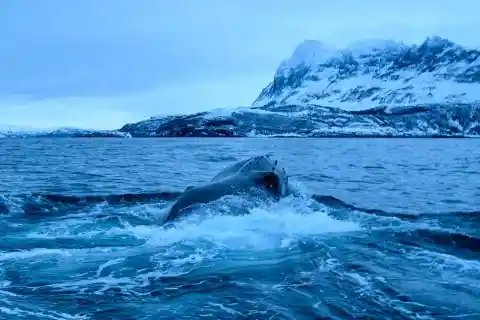
The oldest humpback whale ever recorded was 95-years-old. Humpback whales are also not endangered and can be seen frequently in the wild. If you’ve never been whale watching of the coast of the United States, it’s one of the best ways to see humpback whales.
Yangtze Sturgeon
The Yangtze sturgeon is considered critically endangered. Over fished to near extinction, when left alone these creatures can live for over 100 years and weigh nearly 800 pounds. Sadly, if more conservation efforts aren’t made, these sturgeon might not be around for much longer.
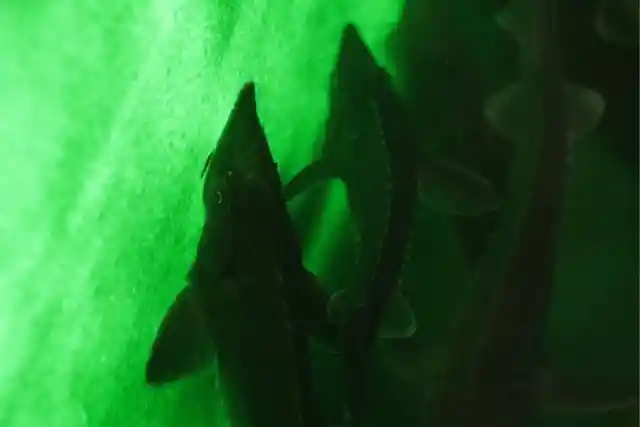
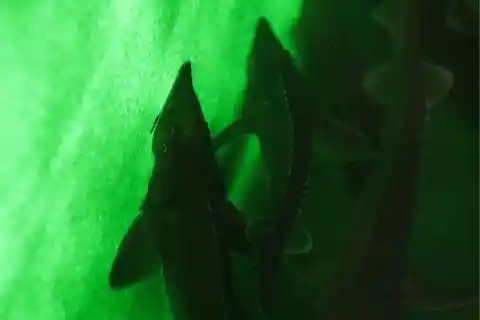
Fisheries have raised and released thousands of new sturgeons into the wild for years, but these once captive fish refuse to breed once out in the wild. No one knows why.
Pacific Ocean Perch
This is one fish you don’t want to judge by its size. Although maxing out under two pounds, the oldest Pacific ocean perch ever record was 100-years-old. Widely distributed along the coast, take a dive in the ocean and you’ll probably find one.
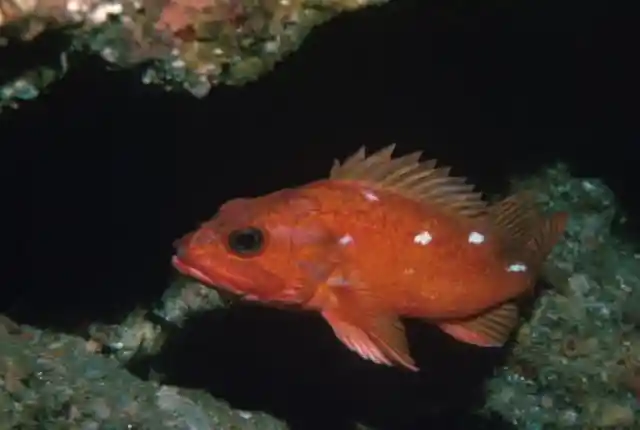
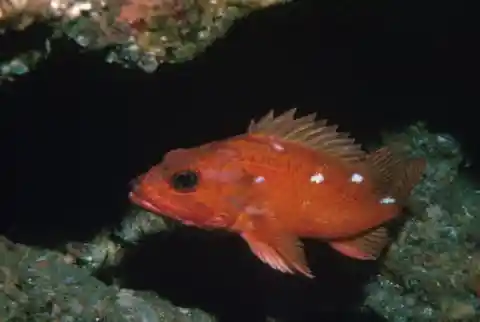
Aside from their age weight, not much is known about the Pacific ocean perch. Scientists are yet to learn about their mating habits or why they swim as deep as 400 meters deep at certain times of the year.
White Sturgeon
The most common sturgeon in the United States, the white sturgeon is a monster of a fish. And we don’t mean that as a joke. The big fish can live for over 100 years and reach nearly 1,000 pounds.
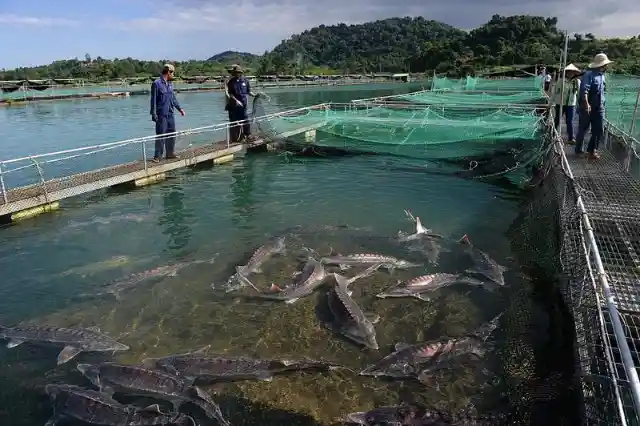

Because of its size and its smooth back, many people believe that white sturgeon sightings are responsible for many of the ocean monster myths we believe in. Wouldn’t it be fitting if the Lock Ness Monster was really just an over-sized sturgeon?
Telescope Cardinal
Not much is known about this bug eyed, shallow bodied fish. The oldest discovered was 104 years old, but scientists are unsure just how big they can grow. Rising from the deep, they look like an animal out of a horror film.
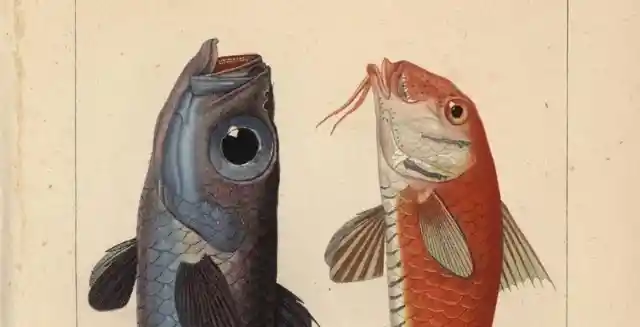
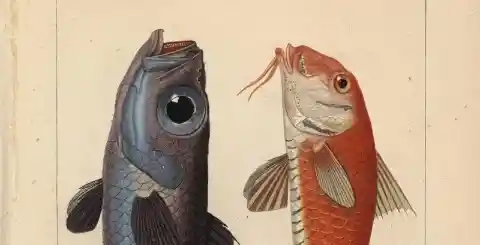
In reality, there is nothing scary about these fish. They are commonly fished and appear to have a steady population. They are most commonly found in the northern Atlantic Ocean along the continental slope.